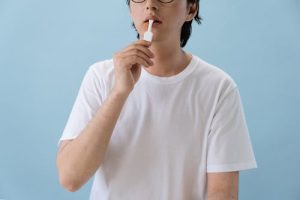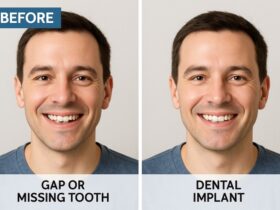In recent times, there has been an increase in the prevalence of workplace drug testing in Australia. Employers are continuously seeking robust methods to ensure safety and productivity in their organisations. Among the various drug testing methods, the THC oral drug test in Australia has become particularly prominent due to its non-invasive nature, ease of administration, and rapid detection of recent drug use. This article serves as an informative guide on understanding the nuances of oral drug testing for THC in Australia.
The Rationale for Oral Drug Testing for THC
THC, the principal psychoactive component found in cannabis, can influence an individual’s cognitive and motor functions. In environments where safety is paramount, such as in the transportation or construction industries, impairment by THC can result in serious accidents and injuries. Thus, testing for THC plays a critical role in mitigating risk and maintaining a drug-free workplace.
The Legal Framework Surrounding Drug Testing in Australia
Australia’s legal stance on drug testing in the workplace aligns with its commitment to health and safety. Employers are expected to adhere to the regulatory framework which includes conducting drug testing in a manner that respects privacy and ensures the accuracy of results. Before implementing a drug testing policy, it’s important for employers to familiarise themselves with legal obligations, including the Fair Work Act and health and safety regulations.
Understanding Oral Fluid Drug Tests for THC
Oral fluid drug testing involves collecting a saliva sample from the individual’s mouth, which is then analysed for traces of substances, including THC. The ease of administration makes it a preferred method in many scenarios. Unlike blood tests, which may require a clinical setting, or urine tests that can be seen as intrusive, oral fluid tests can be conducted almost anywhere with a minimal invasion of privacy.
Accuracy and Detection Windows
Questions often arise concerning the accuracy of oral fluid tests in detecting THC. These tests are highly sensitive and specific, and their accuracy has been validated by extensive research. However, the detection window for THC in saliva is relatively short, typically up to 24 hours from the time of use, which means they are most effective at identifying recent usage.
Procedure for Administering an Oral THC Test
The process for conducting a THC oral drug test in Australia is straightforward. It involves placing a collection device in the donor’s mouth until a sufficient sample of saliva is gathered. The sample is then sealed and sent to a laboratory for analysis or tested on the spot using a rapid test kit. Results from on-site tests can be available within a few minutes, making them particularly useful for post-incident testing or random drug screens.
Training and Competency
While the act of collecting saliva is simple, it is imperative that the individuals who administer these tests are fully trained. They should understand how to correctly collect the sample to avoid contamination, how to interpret the results accurately, and how to follow the chain-of-custody procedures if the samples are being sent off for laboratory analysis.
Challenges and Considerations
There are several challenges employers may face when introducing an oral drug testing program. The first is the potential for an invasion of privacy claim. Although less invasive than other methods, some employees may still see oral testing as a privacy overreach. Clear communication and setting out the rationale behind the policy can help manage this issue.
Another consideration is dietary factors and oral hygiene, which can affect test results. It’s generally recommended for donors not to eat or drink anything for a period before the test to reduce the risk of a false positive or negative.
Pros and Cons of Oral THC Testing
Oral drug testing has several advantages such as being observation-friendly, less invasive, and easier to administer compared to other forms of drug testing. On the other hand, the short detection window might miss out on identifying regular users who abstain just before the testing period.
The Future of Oral Drug Testing for THC in Australia
Continued advancements in technology hold promise for improving the efficacy of oral fluid drug testing. With ongoing research and development, it is plausible that we will see further refinements in the sensitivity and specificity of these tests, as well as even shorter turnaround times for results.
Conclusion
As Australian employers continue to ensure safety and compliance within their work environments, THC oral drug test in Australia will remain a critical component in drug testing policies. Companies should work to strike a balance between maintaining a safe workplace and respecting employee rights. Careful implementation of drug testing policies, with an emphasis on employee education and training for those administering tests, will lead to more effective and fair drug testing practices.
Employers considering incorporating oral THC testing into their procedures should consult with legal and occupational health professionals to ensure the process complʼewith Australian laws and industry standards. Moreover, investing in quality testing kits and laboratory services will further ensure the integrity and reliability of their drug testing program.
Ultimately, it’s the responsibility of both employers and employees to cultivate a safe working environment, and understanding the application, limitations, and benefits of oral drug testing is a step in the right direction.





